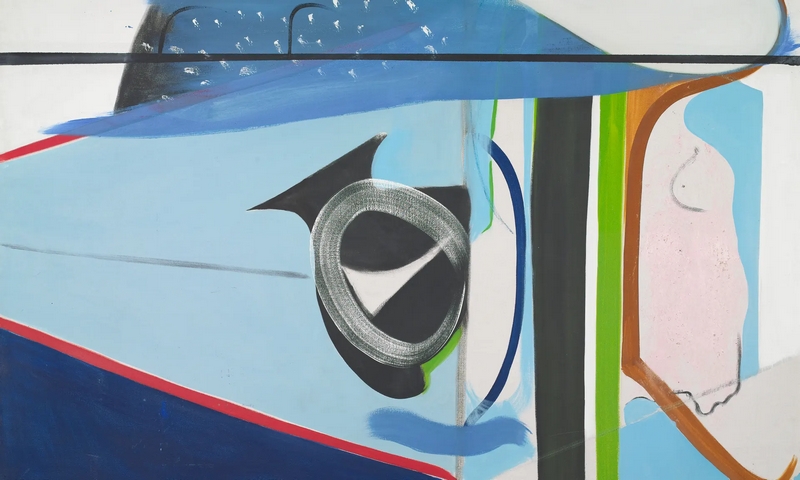Three works by Peter Lanyon, one of the most important postwar British painters, have been acquired for the nation in lieu of inheritance tax.
Arts Council England announced on Tuesday that an important abstract landscape painted in the last year of Lanyon’s life and two large gouaches had been accepted, settling just under £900,000 owed on the estate of Lanyon’s widow, Sheila.
The landscape, Clevedon Bandstand 1964, has been allocated to Tate and the gouaches separately to the universities of Birmingham and Liverpool.

Lanyon was a Cornish painter and a key member of the second generation of St Ives school of artists. He died aged 46 after a gliding accident.
When an artist dies so young and unexpectedly the question often raised is what might they have gone on to do? One answer is provided by Clevedon Bandstand, which indicates a new direction in Lanyon’s work. It shows how his earlier use of heavily worked layers of paint had given way to thin oil washes of a brighter, more primary palette.
Ann Gallagher, the director of collections for British art at Tate, said it was Lanyon’s last major work. “We are thrilled to be adding this late oil painting by Peter Lanyon to our collection.”
The Lanyon case is unusual in that the value of the paintings exceeded the tax liability. That led the Sheila Lanyon estate to waive some of the value of the three works and Tate to contribute £72,000 and Liverpool’s Victoria Gallery & Museum £8,000.
The two gouaches were studies for murals the artist created at Liverpool and Birmingham universities, although they are very different to the finished articles. They are also the first works allocated through the acceptance in lieu (AIL) scheme to the two universities.

Edward Harley, the chair of the AIL panel, praised Tate for its contribution and willingness to store the artworks while the offer was being considered.
He said it meant “two regional institutions have been able to acquire works of great significance to them. This example of a national museum aiding those in the regions sets an admirable model for others to follow.”
The AIL scheme was introduced in 1910 by David Lloyd George’s people’s budget to mitigate against the big tax rises being imposed on the landed aristocracy. In 2013 it was joined by the cultural gifts scheme, which allows people to get a tax reduction by offering artworks and objects of outstanding importance.
In 2017-18 42 cases were approved with a value of £26.9m and included Picasso ceramics owned by Richard and Sheila Attenborough, two 17th-century tapestries woven at the Mortlake tapestry factory, a group portrait of English civil war royalist commanders by William Dobson, and two portraits by Lucian Freud.
guardian.co.uk © Guardian News & Media Limited 2010
Published via the Guardian News Feed plugin for WordPress.


